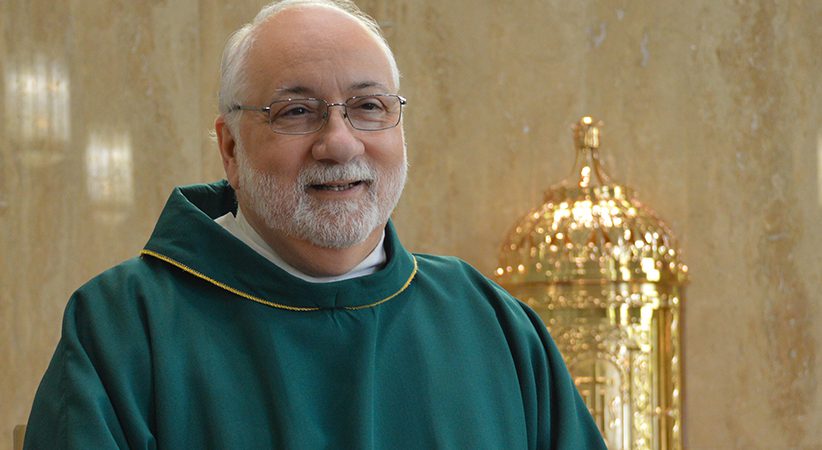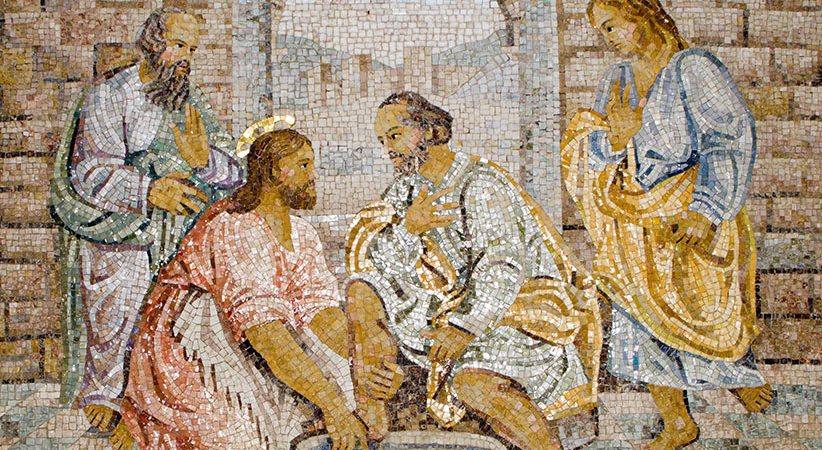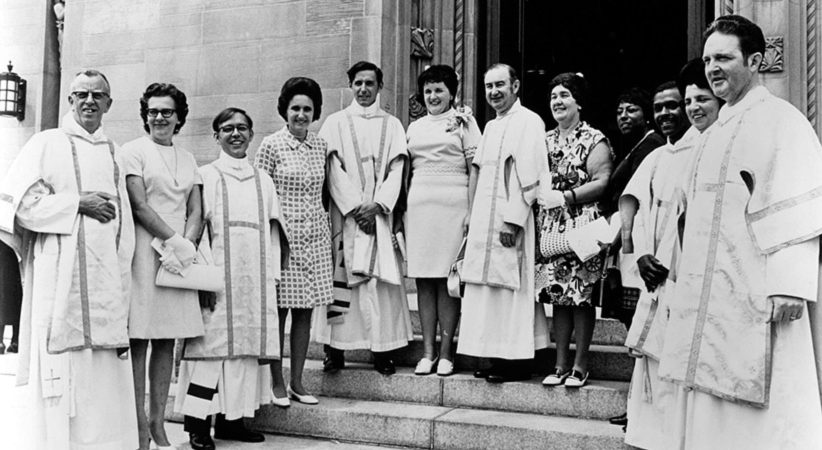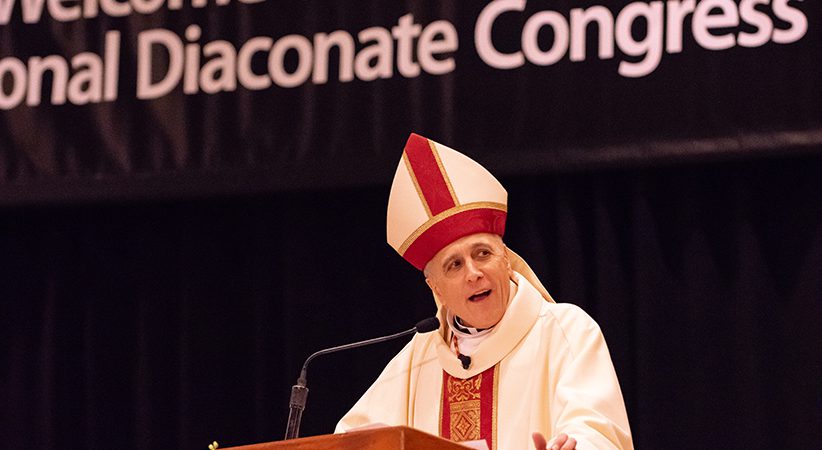Lamentations of the Assumption
The connection between the death of Christ, his mother and our own deaths
Father Deacon Basil Ryan Balke Comments Off on Lamentations of the Assumption
Summertime in the Byzantine rite always ends with the great feast of the Dormition of the Theotokos on Aug. 15. Most people might know this feast by the name Assumption. There is a great deal of debate about this feast between the churches, including questions about if the Theotokos died and what the ramifications of that might be from a theological perspective. However, there is one aspect about this feast that always stands out to me. On this feast in the Byzantine rite our matin’s liturgy looks very different than other liturgies because we celebrate “Limitations of the Dormition.”
In Byzantine churches, the lamentations are chanted only a few times. Most profoundly, they are chanted on Holy Saturday. This is the funeral for Christ, which we remember every year. We also celebrate them for the funeral of the Theotokos, and, finally, we celebrate them during the funeral of everyone. This practice draws the connection between the death of Christ, the death of the Theotokos and, finally, our own deaths. In the middle of the summer, we meditate on our deaths.
Isn’t that one of the great reasons why we attend a funeral? Yes, to pray for and honor the person who has died, but also to meditate on our own death. The monks called it memento mori, or the remembrance of death.
I would like to pull on a few of them and reflect on them myself; however, I think there can be immense value in everyone reading them this Aug.15.
“In a grave they laid you yet, O Christ, you are life and they now have laid the Mother of Life as well: both to angels and to men a sight most strange!” — Stasis 1
This stasis reminds me of when the Byzantine calendar begins. Our calendar begins with Sept. 1, and the first major feast is the birth of the Theotokos. The year ends on Aug. 31, and the last major feast is the dormition. In other words, all of the Church year is contained within the life of the Theotokos. This is just like Christ’s life, which was completely contained in the life of the Theotokos, his birth and his death occurred while she was still alive. In the mind of the Byzantine, the Theotokos contains all of Christ’s life.
“Now the Bridegroom calls you, to rejoice, Bride of God. in a manner both divine and most beautiful in the Bridal Chamber, holy and divine.” — Stasis 9
The Bridegroom is, of course, Christ, and he is the one who calls all of us. Just as Christ calls his Church, in this passage we meditate on how Christ is the one who calls all of us to the Bridal Chamber.
“Gathered ’round your bedside, we are calling to you, our all-holy Virgin Mother, with fervent voice, ‘Save the faithful and have mercy upon us!’” — Stasis 18
This passage shows the importance of being gathered around the bedside of the Theotokos. This comes from the tradition that the apostles were gathered around the bedside of the Theotokos when she died. I can’t help but think of how we gather around our loved ones, so often at the bedside to spend the last few moments with them. These are sacred moments and why would they not be moments that the Theotokos would have engaged in and allowed the apostles to experience with her.
Perhaps this is what is so needed in our world today. Not a Theotokos, or a Christ that is aloof to the sufferings of the world, but those that experience it with us. Even an experience of death itself. This is what the Incarnation, the Annunciation and, finally, the Crucifixion are all about.
“Most Holy Theotokos, save us!”
FATHER DEACON BASIL RYAN BALKE is a Byzantine deacon, licensed professional counselor, director of Mount Tabor Counseling, mounttaborcounseling.com, and one of the hosts of the Catholic Psyche Podcast, catholicpsyche.com.





